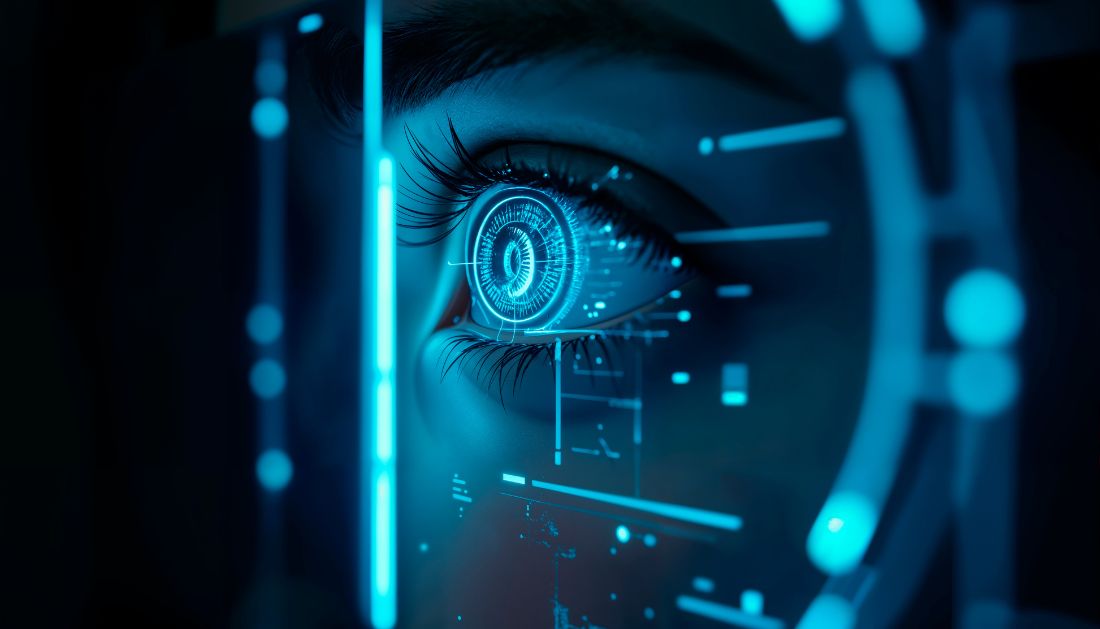

Eye-tracking technology has long been a crucial component in fields ranging from virtual reality (VR) and augmented reality (AR) to medical diagnostics, behavioral research, and automotive safety systems. However, achieving high-accuracy eye movement detection has remained a significant challenge—until now.
Researchers at the University of Arizona Wyant College of Optical Sciences have introduced a groundbreaking approach that promises to revolutionize eye-tracking applications. Published in Nature Communications, the study demonstrates that integrating deflectometry—a 3D imaging technique—with advanced computation can dramatically enhance gaze tracking accuracy and real-world applications.
From Dozens to Millions: A Quantum Leap in Eye-Tracking Precision
Current eye-tracking methods rely on capturing directional information from a few surface points—typically a dozen at most. The new deflectometry-based technique can extract data from over 40,000 surface points and theoretically even millions using a single camera image.
“More data points mean more accurate gaze estimations,” explains lead researcher Dr. Florian Willomitzer, associate professor of optical sciences. “This is critical for advancing next-gen applications in VR, medical research, and beyond.”
What is Deflectometry?
Deflectometry is a high-precision 3D imaging technique commonly used to inspect telescope mirrors and high-performance optics. The researchers adapted this method for eye tracking, enabling dense and accurate surface reconstruction of the eye for superior tracking performance.
How This Innovation Transforms Eye-Tracking Applications
The novel method replaces traditional infrared point-light sources with a screen displaying structured light patterns. Each of the screen’s 1 million+ pixels acts as an individual light source. By analyzing how these light patterns reflect off the cornea (over the pupil) and sclera (the white part of the eye), the system can precisely determine gaze direction without requiring strong assumptions about eye shape.
Key Advancements and Benefits:
- 3,000x more data points compared to conventional eye-tracking techniques
- Accurate gaze direction tracking, achieving 0.46 – 0.97-degree precision in human tests
- Potential integration with VR/AR headsets for seamless and enhanced experiences
- AI-powered improvements to optimize tracking for medical, research, and industrial applications
- Future potential for eye disorder diagnosis and correction in real-time
Next Steps: AI, VR Integration & Real-World Applications
This research sets the stage for next-generation eye-tracking applications, with the team aiming to integrate artificial intelligence (AI) and other 3D imaging techniques to refine the system further.
With a patent pending and commercialization plans via Tech Launch Arizona, the technology could soon be embedded into VR/AR headsets, medical devices, and research tools. Future iterations might even use infrared light for an unobtrusive experience, making eye-tracking more efficient than ever.
“Our goal is to achieve 0.1-degree accuracy in real-world applications,” Willomitzer stated. “This breakthrough paves the way for a new era in eye-tracking, spanning neuroscience, psychology, and healthcare innovations.”
The Future of Eye-Tracking is Here
As researchers continue refining the technique, industries reliant on eye-tracking—medicine, VR/AR, neuroscience, and automotive—are poised to benefit from the unparalleled accuracy and capabilities of this breakthrough. With millions of data points captured in real time, the future of precise, AI-enhanced eye tracking is closer than ever.
For more information: Wang, J., et al. (2025). Accurate eye tracking from dense 3D surface reconstructions using single-shot deflectometry. Nature Communications. doi.org/10.1038/s41467-025-56801-1.
more recommended stories
 Safer Allogeneic Stem Cell Transplants with Treg Therapy
Safer Allogeneic Stem Cell Transplants with Treg TherapyA new preclinical study from the.
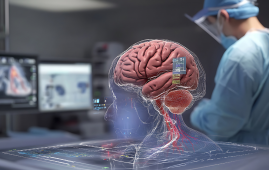 AI in Emergency Medicine and Clinician Decision Accuracy
AI in Emergency Medicine and Clinician Decision AccuracyEmergency teams rely on rapid, accurate.
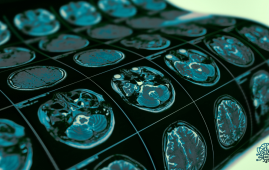 Innovative AI Boosts Epilepsy Seizure Prediction by 44%
Innovative AI Boosts Epilepsy Seizure Prediction by 44%Transforming Seizure Prediction in Epilepsy Seizure.
 Hypnosis Boosts NIV Tolerance in Respiratory Failure
Hypnosis Boosts NIV Tolerance in Respiratory FailureA New Approach: Hypnosis Improves NIV.
 Bee-Sting Microneedle Patch for Painless Drug Delivery
Bee-Sting Microneedle Patch for Painless Drug DeliveryMicroneedle Patch: A Pain-Free Alternative for.
 AI Reshapes Anticoagulation in Atrial Fibrillation Care
AI Reshapes Anticoagulation in Atrial Fibrillation CareUnderstanding the Challenge of Atrial Fibrillation.
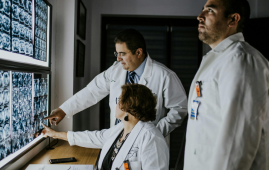 Hemoglobin as Brain Antioxidant in Neurodegenerative Disease
Hemoglobin as Brain Antioxidant in Neurodegenerative DiseaseUncovering the Brain’s Own Defense Against.
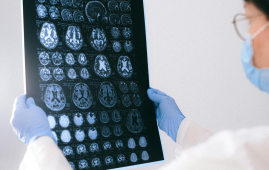 Global Data Resource for Progressive MS Research (Multiple Sclerosis)
Global Data Resource for Progressive MS Research (Multiple Sclerosis)The International Progressive MS Alliance has.
 AI Diabetes Risk Detection: Early T2D Prediction
AI Diabetes Risk Detection: Early T2D PredictionA new frontier in early diabetes.
 Cancer Cells Learn to Self-Report: A New Frontier in Immunotherapy
Cancer Cells Learn to Self-Report: A New Frontier in ImmunotherapyHow a Drug Complex Enables Immune.

Leave a Comment